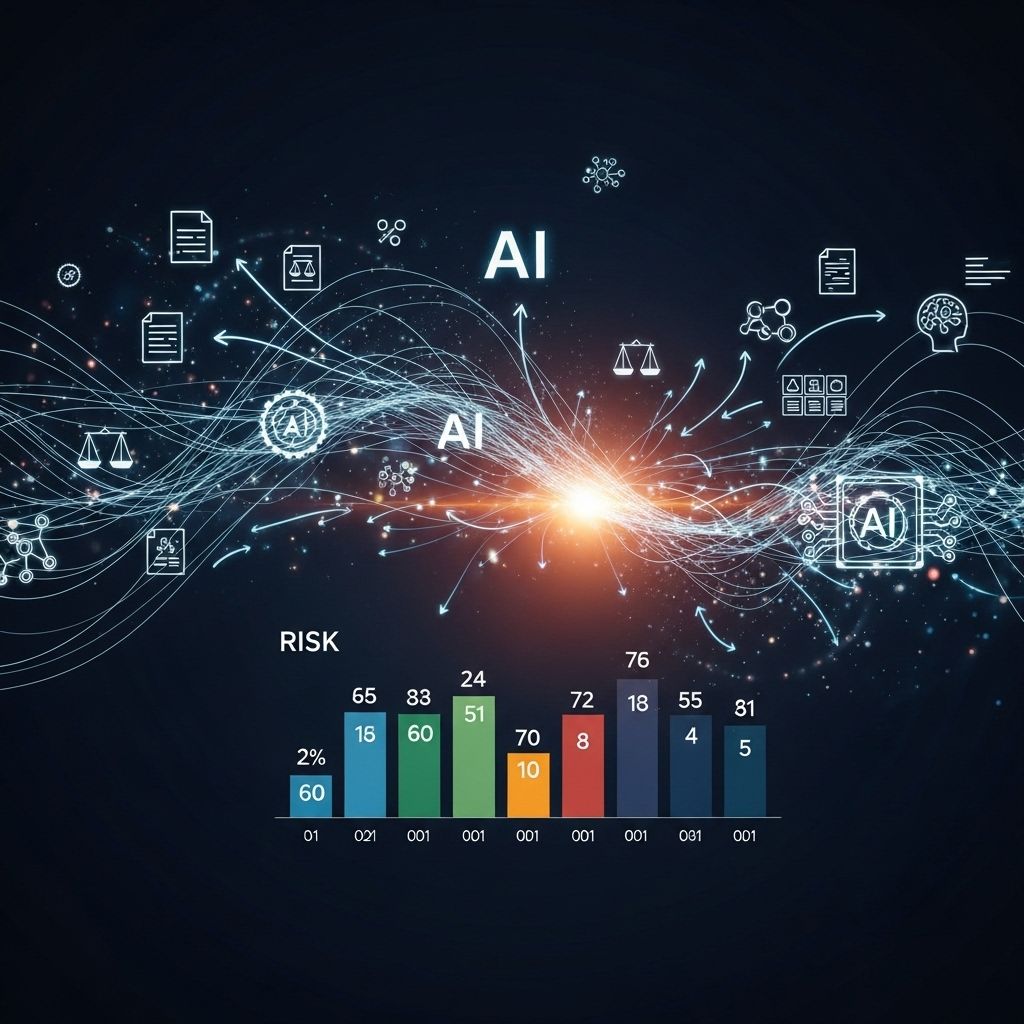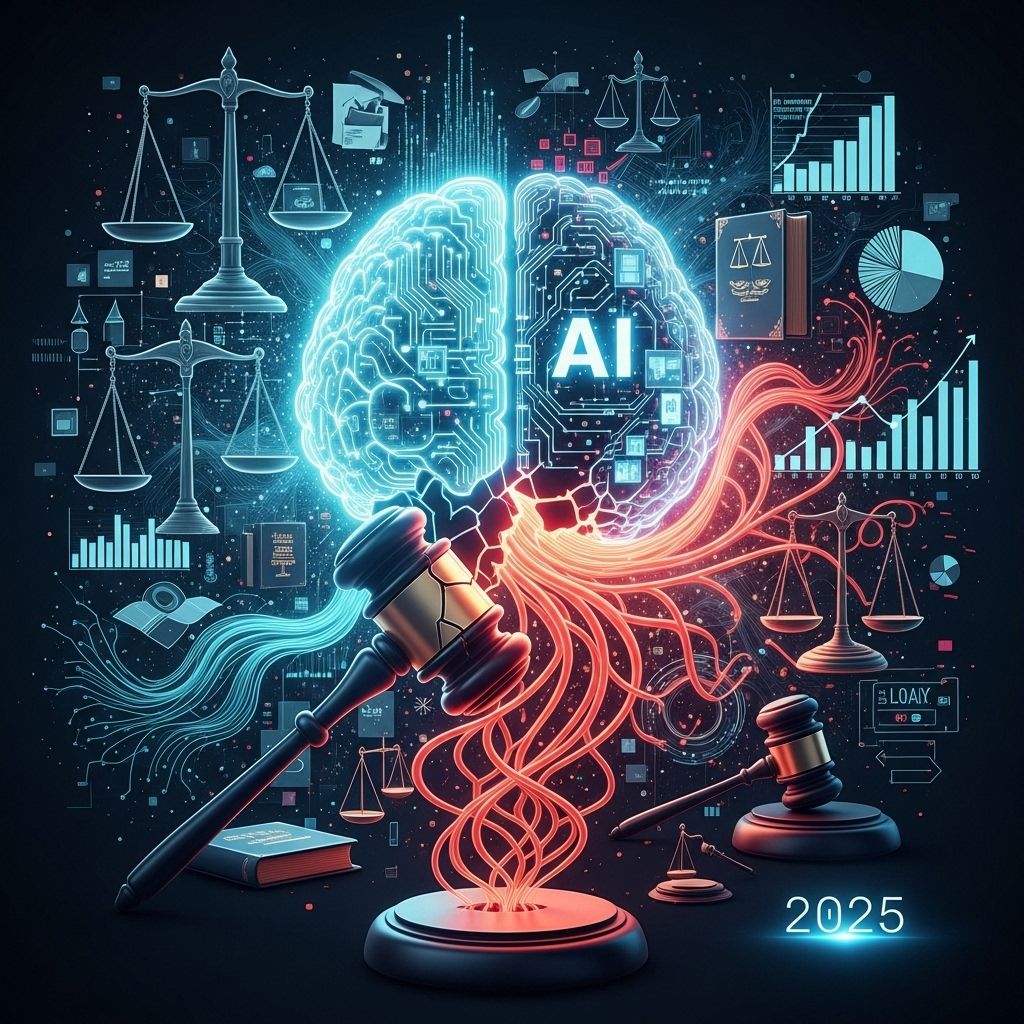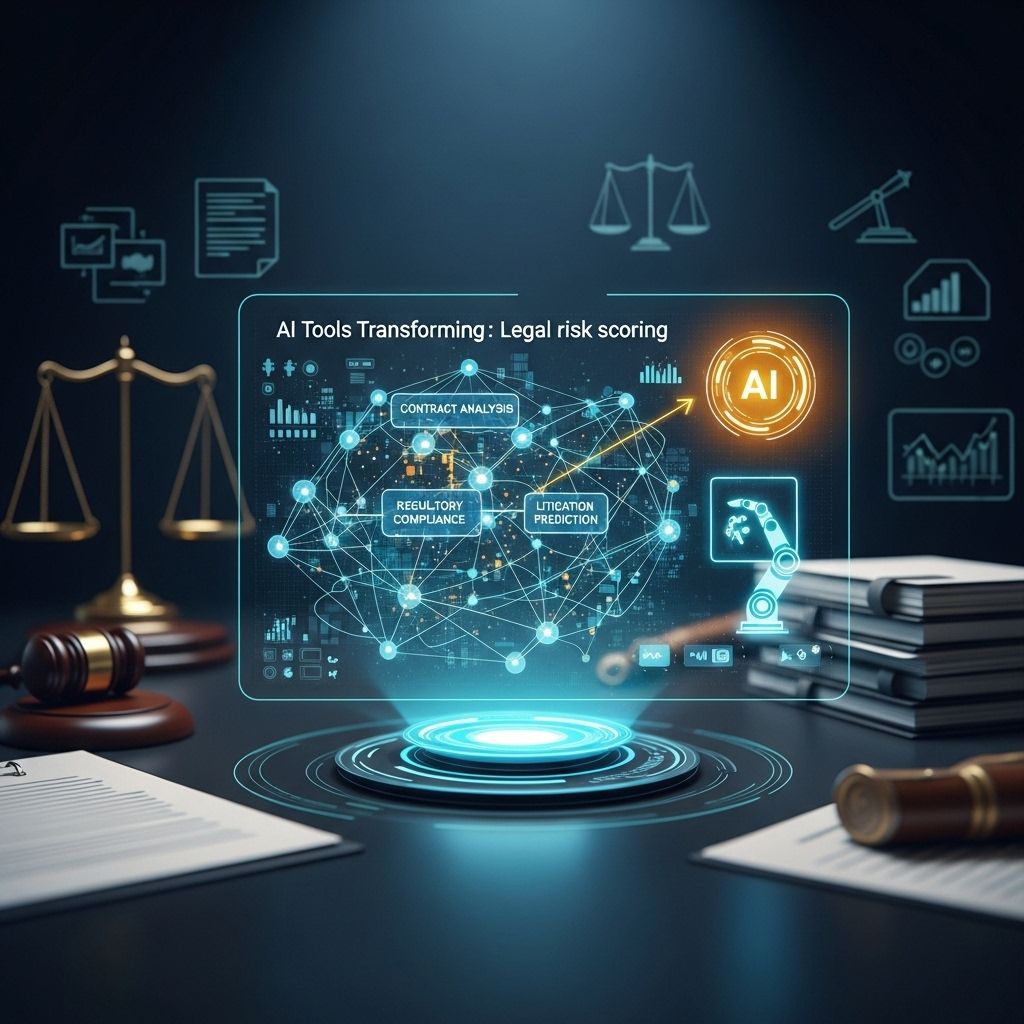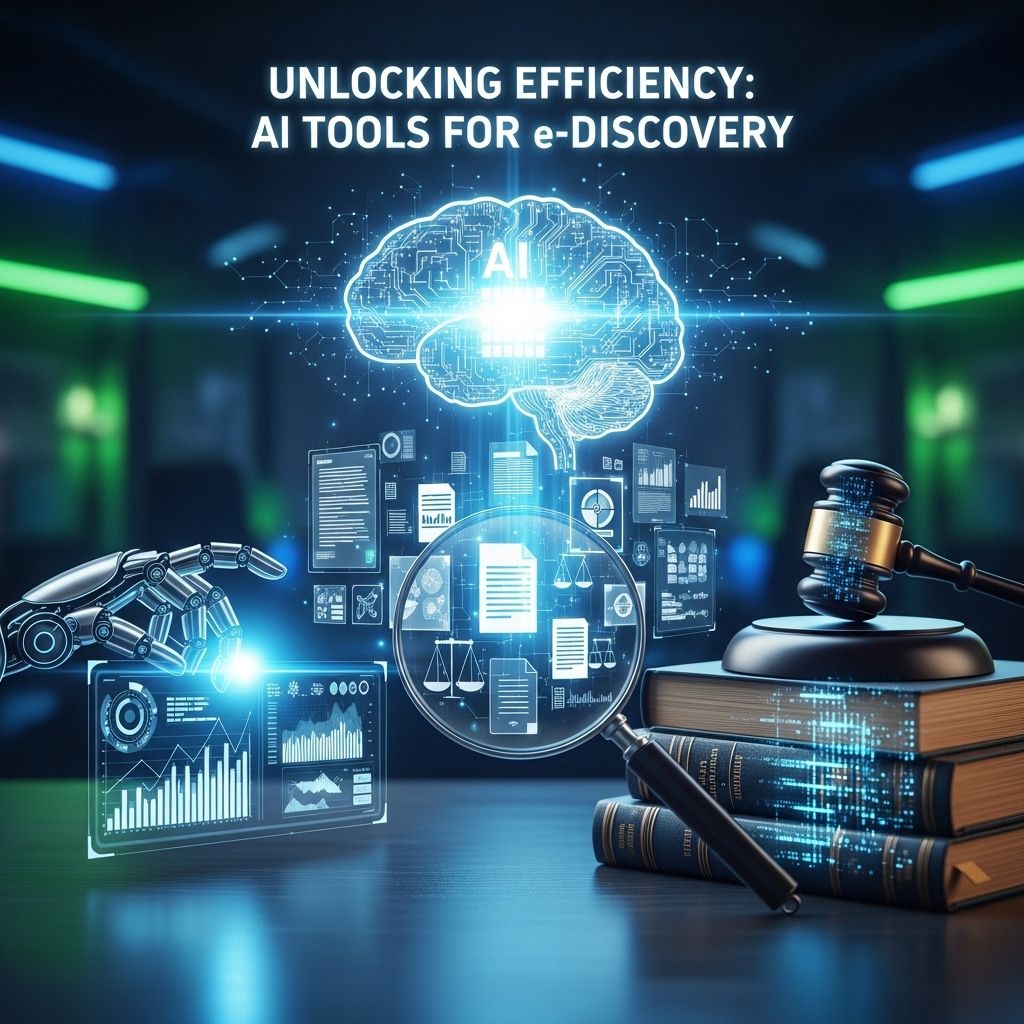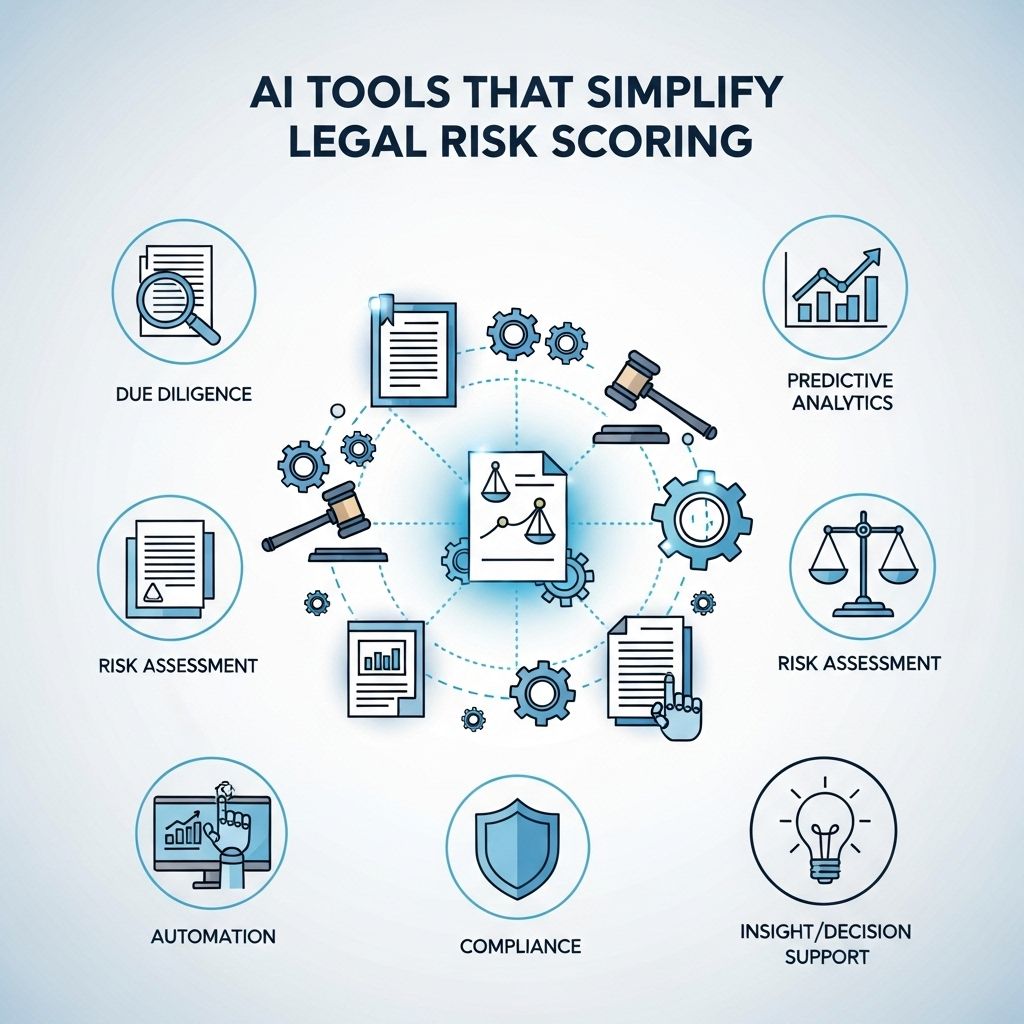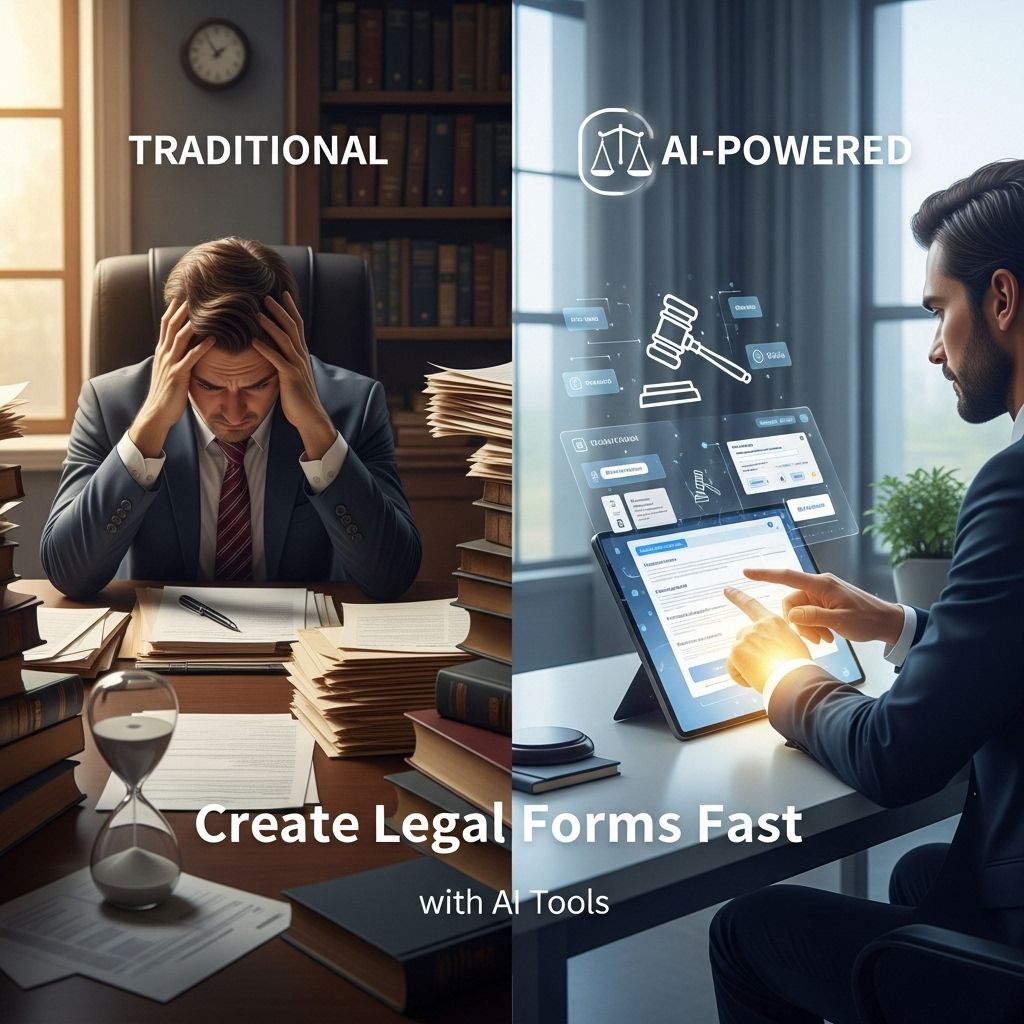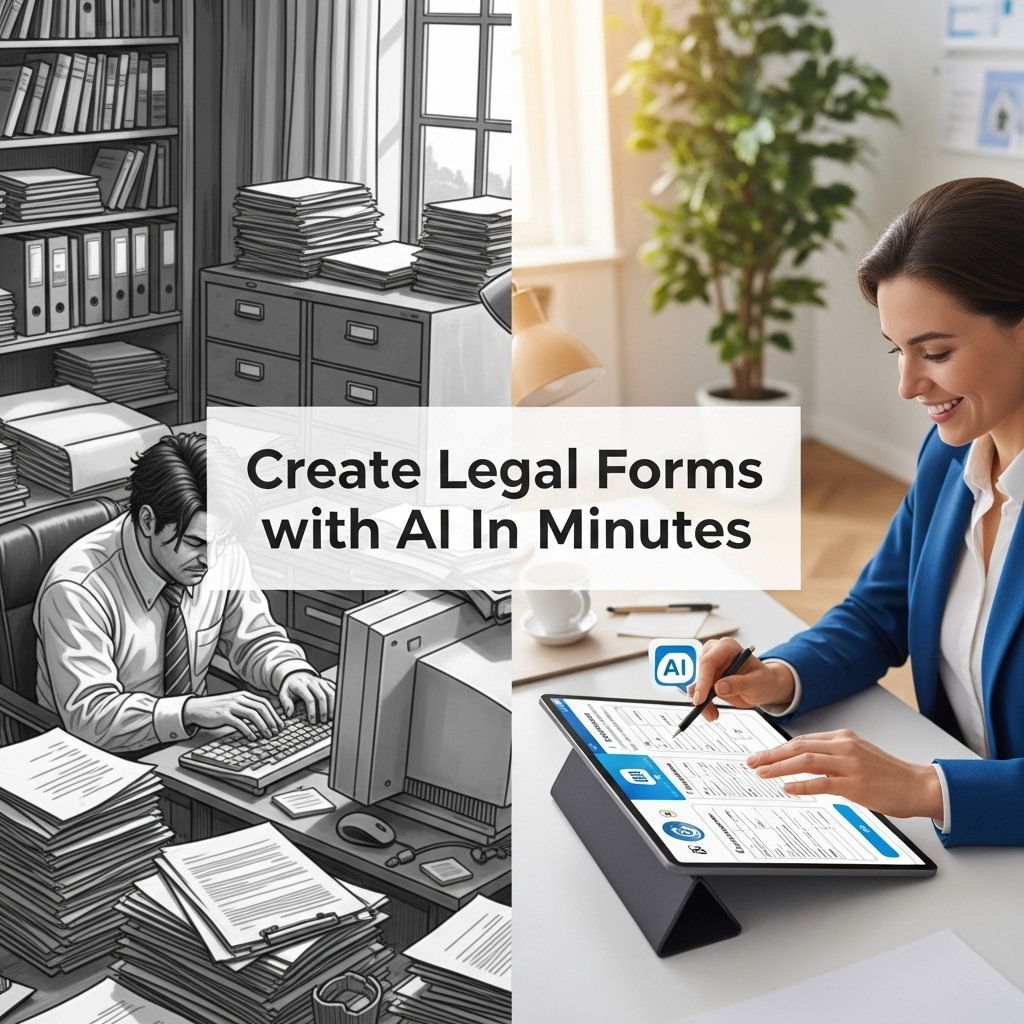Understanding AI-Powered Legal Risk Scoring
Explore how AI-powered legal risk scoring can transform risk management and enhance decision-making in legal practices.
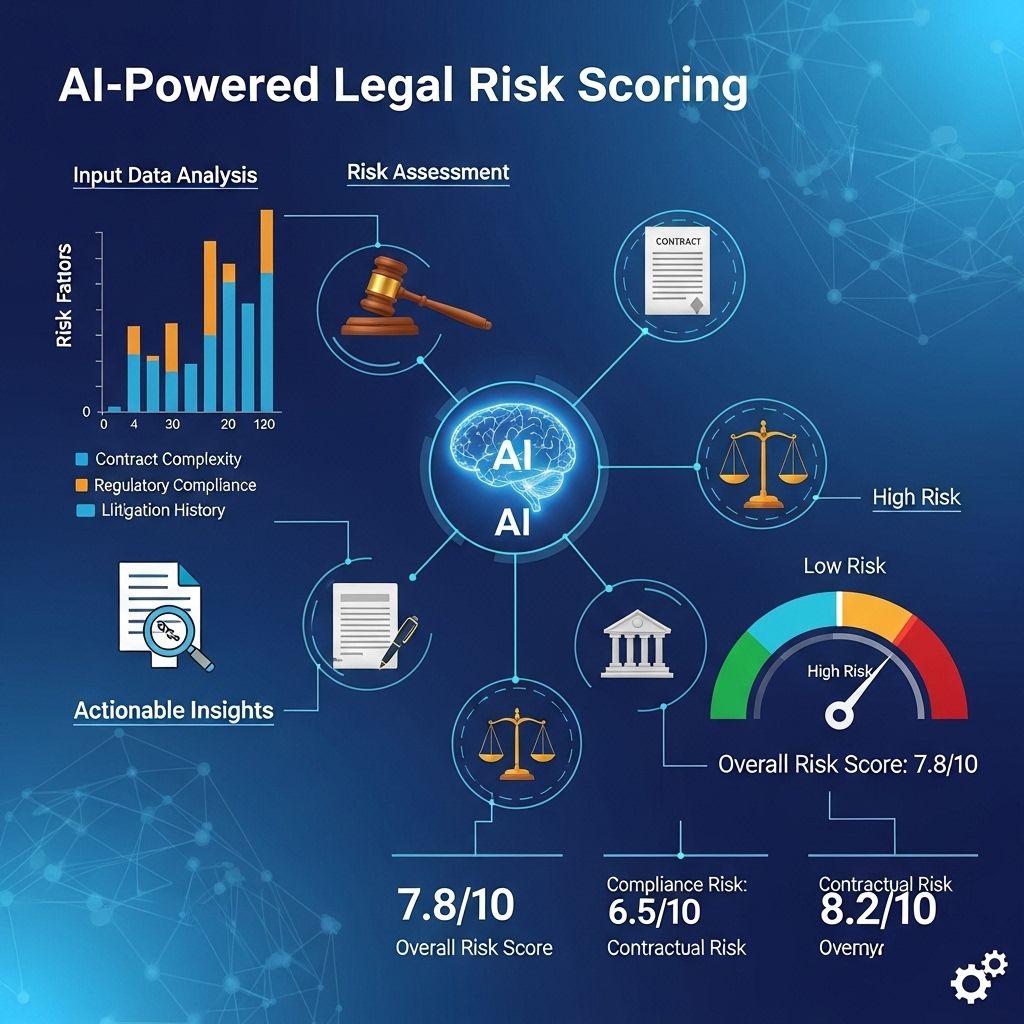
As legal landscapes become increasingly complex and business operations grow more interconnected, organizations are grappling with the challenge of managing legal risks effectively. One novel solution to this challenge is the integration of artificial intelligence (AI) in assessing legal risk. By leveraging AI-powered legal risk scoring, businesses can gain insights into potential vulnerabilities and take proactive measures to mitigate risks. This article explores the intricacies of AI-powered legal risk scoring, its components, and its implications for modern businesses.
Table of Contents
Understanding Legal Risk Assessment
Legal risk assessment involves identifying, analyzing, and prioritizing potential legal risks that could affect an organization. These risks may stem from various sources, including contracts, regulatory compliance, litigation, and operational practices. The traditional approach often relies on manual evaluations and expert judgments, which can be time-consuming and prone to human error.
The Role of AI in Legal Risk Scoring
AI has transformed numerous industries by automating complex processes and providing data-driven insights. In the context of legal risk scoring, AI algorithms analyze vast datasets to identify patterns and correlations that may indicate potential legal risks. Here are some of the key components involved:
Data Collection
AI systems collect data from diverse sources, such as:
- Contract databases
- Litigation records
- Regulatory filings
- News articles
- Social media
Data Analysis
Once collected, the data undergoes sophisticated analysis through machine learning models that can:
- Classify risks based on severity and likelihood
- Predict outcomes based on historical patterns
- Identify correlations between various risk factors
How AI-Powered Legal Risk Scoring Works
The process of AI-powered legal risk scoring can be broken down into several stages:
1. Data Input
Organizations input relevant data into the AI system, which may include:
- Financial details
- Operational practices
- Contractual obligations
- Compliance histories
2. Risk Identification
The AI analyzes the input data to identify potential legal risks using predefined algorithms. For example, it may flag contracts with ambiguous terms or highlight compliance gaps.
3. Scoring Mechanism
Each identified risk is assigned a score based on various criteria:
| Criteria | Description | Weight |
|---|---|---|
| Severity | The potential impact of the risk | 40% |
| Likelihood | The probability of the risk occurring | 30% |
| Mitigation | The effectiveness of existing controls | 30% |
4. Reporting and Visualization
The system generates reports that visualize the risk landscape, providing stakeholders with a clear understanding of the risks involved. Dashboards may include graphs, heat maps, and summary statistics to facilitate decision-making.
Benefits of AI-Powered Legal Risk Scoring
Implementing AI-powered legal risk scoring offers several advantages for organizations:
Enhanced Accuracy
AI algorithms can analyze vast amounts of data with greater accuracy than manual methods, reducing the likelihood of oversight.
Proactive Risk Management
Organizations can identify and address legal risks before they escalate, thus avoiding potential legal disputes and penalties.
Cost Efficiency
By automating risk assessments, organizations can allocate resources more effectively and reduce the time spent on compliance and legal issues.
Informed Decision-Making
With detailed insights into their legal landscape, businesses can make informed choices regarding contracts, partnerships, and operational changes.
Challenges and Considerations
Despite its benefits, AI-powered legal risk scoring comes with challenges:
Data Quality
The accuracy of AI analyses largely depends on the quality of the input data. Inaccurate or incomplete data can lead to misleading results.
Privacy Concerns
Organizations must ensure compliance with data privacy regulations when collecting and processing personal data.
Implementation Costs
While AI can save costs in the long run, the initial investment in technology and training can be significant.
Conclusion
Integrating AI into legal risk scoring presents a transformative opportunity for organizations to navigate the complexities of today’s legal environments. By harnessing the power of data and advanced algorithms, businesses can proactively manage legal risks, enhance decision-making, and drive operational efficiency. As technology continues to evolve, those who embrace AI-powered solutions will likely gain a competitive edge, positioning themselves for success in an increasingly regulated world.
FAQ
What is AI-powered legal risk scoring?
AI-powered legal risk scoring is a process that utilizes artificial intelligence algorithms to assess and quantify potential legal risks associated with business decisions, contracts, and compliance.
How does AI enhance legal risk scoring?
AI enhances legal risk scoring by analyzing vast amounts of data, identifying patterns, and predicting potential legal issues based on historical cases and trends, leading to more accurate assessments.
What are the benefits of using AI for legal risk scoring?
The benefits include improved accuracy, faster assessment times, the ability to analyze complex data sets, and proactive risk management, which helps organizations mitigate potential legal challenges.
Who can benefit from AI-powered legal risk scoring?
Businesses of all sizes, legal firms, compliance officers, and risk management professionals can benefit from AI-powered legal risk scoring to enhance their decision-making processes.
Is AI-powered legal risk scoring reliable?
Yes, when implemented correctly, AI-powered legal risk scoring can be highly reliable, providing valuable insights that can aid in making informed legal and business decisions.
How can my organization implement AI-powered legal risk scoring?
Organizations can implement AI-powered legal risk scoring by partnering with legal tech companies that specialize in AI solutions, investing in the necessary software, and training staff to interpret and act on the insights provided.

